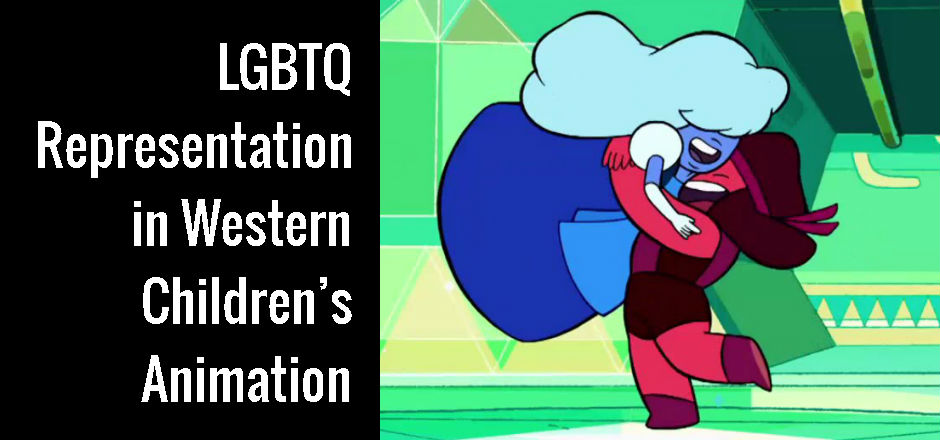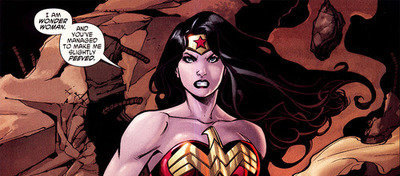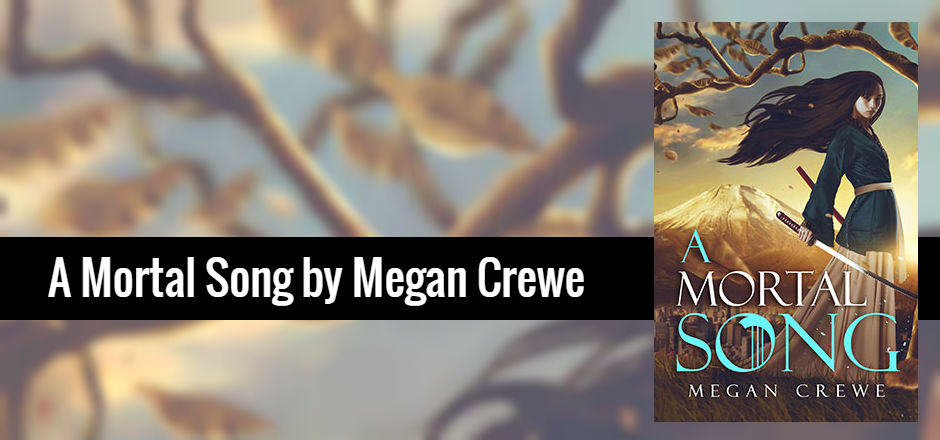The first time I watched a show or a movie that featured LGBTQ characters was probably when I was a teenager. For many 90’s kids like me, we were only aware of the existence of LGBTQ people if we ended up watching something for adults. Although I still love and have a special spot in my heart for the cartoons I watched from the 90’s, sadly there were no characters that happened to love someone the same gender as them or took a non-binary approach to their gender identity. If there were LGBTQ characters, it would be so subtle you wouldn’t know it until someone said it, like Mr. Simmons from Hey Arnold! (I didn’t know about the confirmation of him being gay until a couple years ago).
That, or you had to watch 90’s anime to find LGBTQ characters such as Sailors Neptune and Uranus from Sailor Moon. Even then, they unfortunately censored their relationship when they showed Sailor in the U.S. Thankfully, in the past few years, western children’s animation have done great work trying to include LGBTQ characters in their work.
Earlier in February, Disney’s Gravity Falls finished its series with a really great finale. During the episode, the show confirmed recurring characters Deputies Blubs’ and Durland’s status as a couple. What’s sweet and impressive is that prior to this moment, the show did attempt to portray two old ladies falling in love under Cupid’s arrow in “The Love God.” However, this moment didn’t make it past the episode’s storyboards. When “Love God” aired, it was in November 2014. As a result of the strides Legend of Korra and Steven Universe made post-November 2014, they probably influenced Disney’s decision to allow Blubs and Durland’s love for each other be confirmed.
The series that started the ball rolling was Legend of Korra. During Books 3 and 4, we watched Korra and Asami form a strong bond which later ended with them walking into the spirit portal hand-in hand, thus the start of their romantic relationship. For anyone that doubted their relationship becoming canon in the series finale were hushed when Korra creators Bryan Konietzko and Mike DiMartino confirmed in separate blog posts that Korrasami was indeed canon. For me personally, I loved their budding romance because their relationship reminded me of some of the established relationships from its previous series, Avatar: The Last Airbender (namely Katara x Aang and Sokka x Suki).
Cartoon Network’s Steven Universe has made some lovely strides in portraying LGBTQ characters. During the early stage of its first season, the show briefly showed a blink-and-you’ll-miss-it family that had two moms in it in “Bubble Buddies.” Many fans thought that that was probably going to be as far as the show would go in including LGBTQ characters. The show’s creator, Rebecca Sugar, is doing a great job proving all of us wrong.
In “Alone Together,” Steven and his female friend Connie accidentally fuse together to become Stevonnie. Although Stevonnie does have a more feminine presentation, the show has confirmed that Stevonnie’s pronouns are they/them. Unlike some shows that do a poor job portraying trans/non-binary characters by having them be little more than punchlines to awful jokes, the show portrays Stevonnie in a respectful manner.
You can’t talk about Steven without bringing up Pearl, Ruby, and Sapphire (the latter two who make up Garnet, one of the three Crystal Gems). It’s been confirmed as of “Rose’s Scabbard” that Pearl had romantic feelings for Steven’s mom, Rose Quartz. Rose reciprocated those feelings and the two were in a relationship prior to Rose meeting Greg Universe. At the end of season 1, it was revealed that Garnet is a fusion of two gems named Ruby and Sapphire. It’ll be hard being a cynic when you watch episodes focused on those two because their interactions are so adorable. Even though they were having a disagreement in “Keystone Motel,” their eventual make up will make you go “awwwww.”
Besides Steven Universe, Cartoon Network has shown some LGBTQ diversity in some of their other shows. In December 2014, Clarence’s episode “Jeff Wins” was the first time the audience was shown Jeff’s mothers, EJ and Sue Randall. Adventure Time gives us former lovers Marceline the Vampire Queen and Princess Bubblegum (the “former” is debateable though). The show also features BMO, a sentient video game system. While BMO’s voiced by a female actress, characters within the show refer to them with she/her and he/him pronouns.
Although animated tv shows have been making positive strides in showcasing LGBTQ characters, animated films could still use some improvements in that department. Near the end of 2012’s Paranorman, Mitch, the brother of Norman’s friend Neil, casually mentions to Norman’s sister (who was really hitting on him throughout the movie) that his boyfriend is a “total chick-flick nut.” Two years later, How To Train Your Dragon 2 confirmed that Gobber was gay.
Back in May, Rebecca Sugar did a Q and A panel, and in it she briefly discussed the importance of LGBTQ characters in children’s media and had this to say:
“You can’t wait until kids have grown up to let them know that queer people exist. There’s this idea that that is something that should only be discussed with adults, that is completely wrong… If you wait to tell queer youth that it matters how they feel or that they are even a person, then it’s going to be too late!”
Every child deserves to see themselves in the book they read or the show they watch. Kids should be allowed to see characters like Korra, Pearl, or Stevonnie in the media they watch. Right now, we can count on a hand and a couple fingers Western children’s media that has featured LGBTQ characters. However, that number is going to continue to grow.
—
Janelle Smith is a TV & Film Writer at Girls in Capes and covers in films from the U.S. and Japan. She recently graduated from Ohio State University with a degree in film studies.







It’s interesting how many of these have to have been sidestepped. Korrasami was shown with hand-holding and had to be confirmed by the creators retroactively. Bubbline has only ever been hinted at in the show and also had to be confirmed outside of the show. And Steven Universe, despite being incredibly and wonderfully obvious, still packages it in mysticism. After all the gems are magical rocks with hard-light constructs for bodies, and it could always be argued to a censor that they’re agendered.
I understand that creators need to step lightly with sex and sexuality in children’s media, but it’s still a shame that they have to step even lighter here. Still, this cartoon renaissance has been wonderfully progressive.